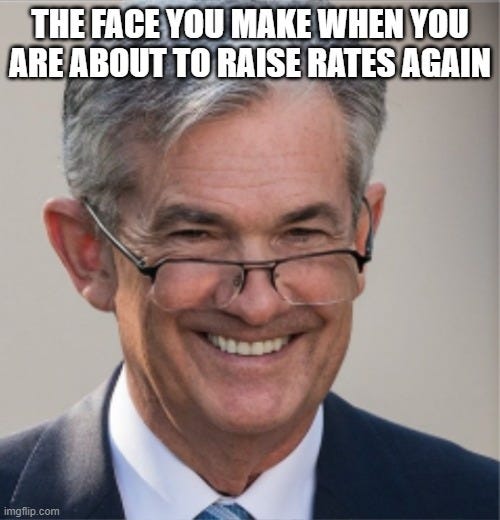Keeping an eye on oil
It was announced yesterday that the Saudis were going to continue their effort to keep oil supplies tight. Bloomberg posted an article detailing the kingdom’s continued production cuts.
“The leader of the Organization of Petroleum Exporting Countries will continue its production cutback of 1 million barrels a day until December, according to a statement published by the state Saudi Press Agency on Tuesday. The move will hold output at about 9 million barrels a day — the lowest level in several years — for six months in total.”
At the same time, Russia announced that it would continue it’s voluntary 300k bpd cut. Russia’s deputy prime minister and former energy minister, Alexander Novak, said the decision “is aimed at strengthening the precautionary measures taken by OPEC+ countries in order to maintain stability and balance of oil markets”.
While supply is constricted by OPEC+ producers, demand continues to set new records.
The August 2023 IEA report details some of the important factors that are putting pressure on the oil price.
“World oil demand is scaling record highs, boosted by strong summer air travel, increased oil use in power generation and surging Chinese petrochemical activity. Global oil demand is set to expand by 2.2 mb/d to 102.2 mb/d in 2023, with China accounting for more than 70% of growth.”
“World oil demand hit a record 103 mb/d in June and August could see yet another peak. After months of lacklustre readings, OECD demand was revised up for May and June, with overall consumption returning to growth in 2Q23 after two quarters of contraction. Chinese demand was also stronger than expected, reaching fresh highs despite persistent concerns over the health of the economy. For the year, global oil demand looks on track to expand by 2.2 mb/d to 102.2 mb/d, its highest ever annual level.”
According to the IEA’s own numbers, OPEC+ countries are producing 50.7 million barrels per day (m b/d). Producers outside of OPEC+ are generating 50.2m b/d. This equals 100.9 million barrels of oil produced daily while demand is going to average 102.2m b/d this year. So what makes up this difference? Inventories, like the Strategic Petroleum Reserve.
With OPEC+’s recent announcement to extend cuts through the end of the year, this could nearly double the expected supply shortage for year-end. This summer has seen record global oil demand, according to the IEA, of 103m b/d. This market tightness has finally caused the oil market to break higher out of it’s trading range.
Above is a weekly chart that shows that the light sweet crude oil futures contract had been trading in a range of $65-$85 for nearly a year. This has now provided an incredible base that will now be the floor for a push higher in the price.
Pulling this all together we have low reserves, high demand, and inflation gearing up for round 2. In last friday’s post, a reader commented a note from Torsten Slok detailing how inflation is still a problem. Throw in higher oil prices and now a second rounds of inflation becomes a big problem.
Higher oil prices = higher gas prices = higher headline inflation = higher Fed Funds rate







